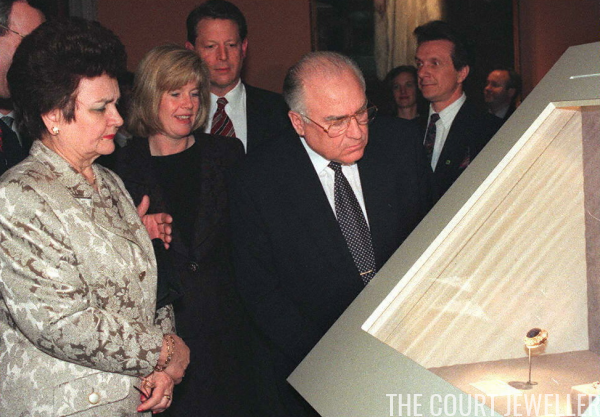 |
| Russian Prime Minister Viktor Chernomyrdin and his wife, Valentina, join Vice President Al Gore and Tipper Gore for a tour of the “Jewels of the Romanovs” at the Corcoran Gallery of Art, February 1997 (JOYCE NALTCHAYAN/AFP/Getty Images) |
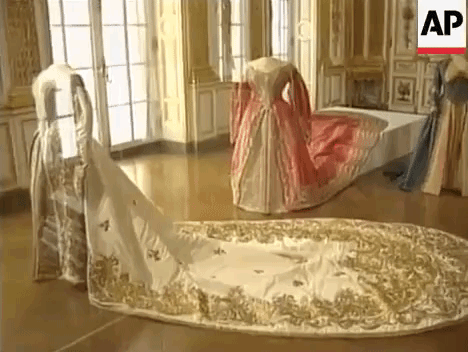
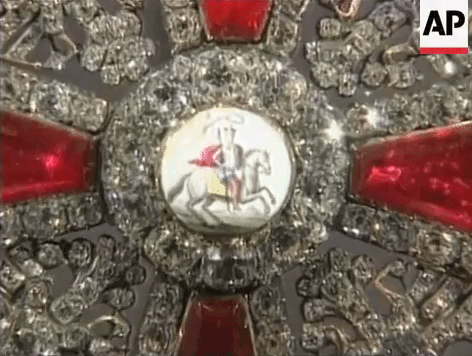
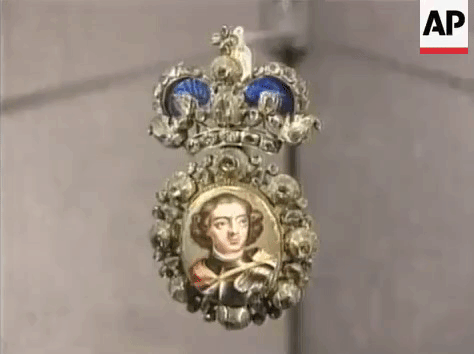
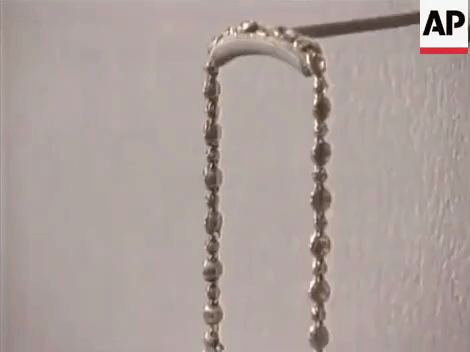
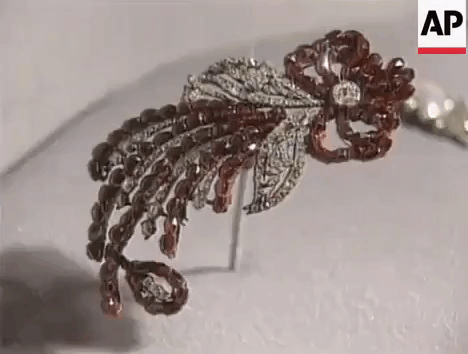
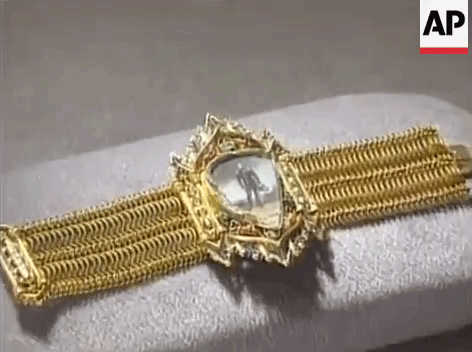
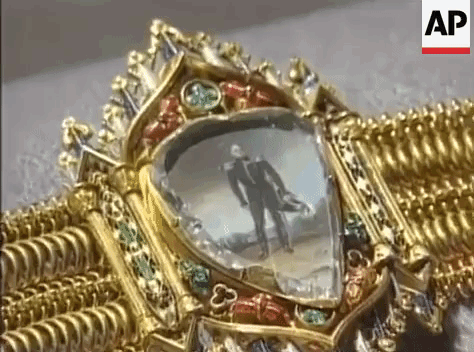
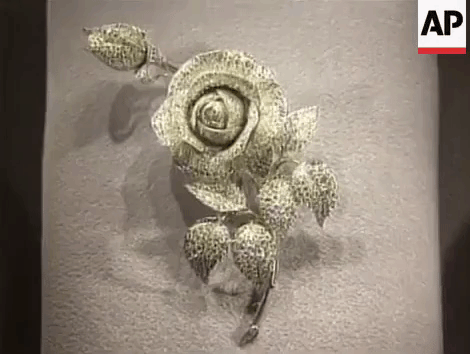
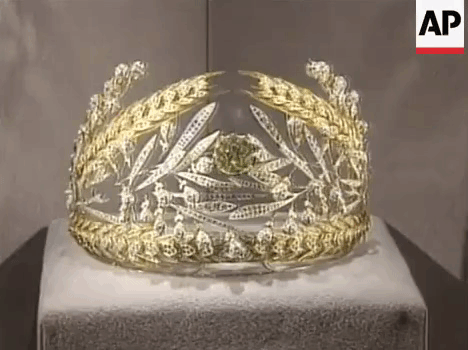
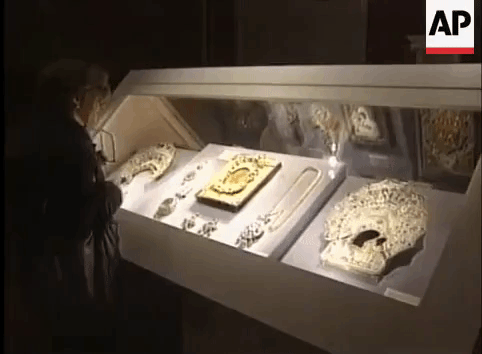
Sparkling Royal Jewels From Around the World
 |
| Russian Prime Minister Viktor Chernomyrdin and his wife, Valentina, join Vice President Al Gore and Tipper Gore for a tour of the “Jewels of the Romanovs” at the Corcoran Gallery of Art, February 1997 (JOYCE NALTCHAYAN/AFP/Getty Images) |










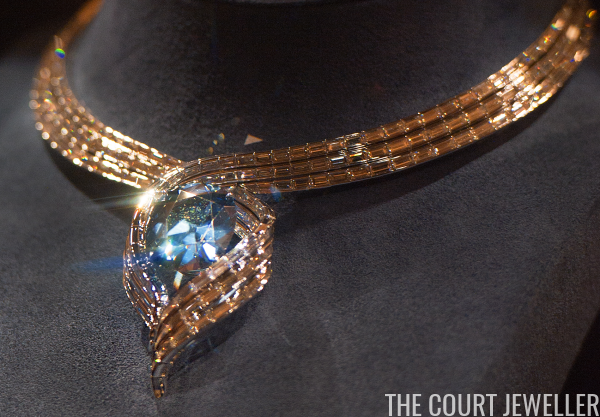 |
| The Hope Diamond in its temporary “Embracing Hope” diamond and platinum setting by Harry Winston, November 2010 (PAUL J. RICHARDS/AFP/Getty Images) |
Happy Halloween, magpies! Gather ’round: I’ve got some delightfully spooky tales of cursed royal jewels on tap for today. Are some of these pieces just unlucky — or is there something more sinister afoot?
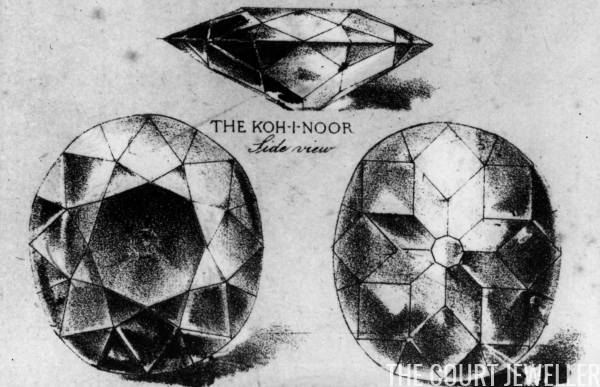 |
| An illustration of the Koh-i-Noor Diamond from different angles, ca. 1860 (Hulton Archive/Getty Images) |
The Cursed Koh-i-Noor Diamond: The diamond that sits today in the Queen Mother’s Crown began its life in Asia, where it was a prized possession of rulers for centuries. Lots of blood has been shed over this gem, and it’s said to bring awful luck to any man who wears it. Perhaps that’s why only women have donned the diamond since it was brought to Britain under dubious legal circumstances? To be fair, each of the British queens who has worn it — Victoria, Alexandra, Mary, and Elizabeth — buried both her husband and at least one of her children, outliving some of them by decades. More recently, Queen Elizabeth II has declined to wear the diamond at all, sensibly avoiding political fallout that could come from the stone, which was described in a recent book as “a live diplomatic grenade.” (Read my review of Koh-i-Noor over here.)
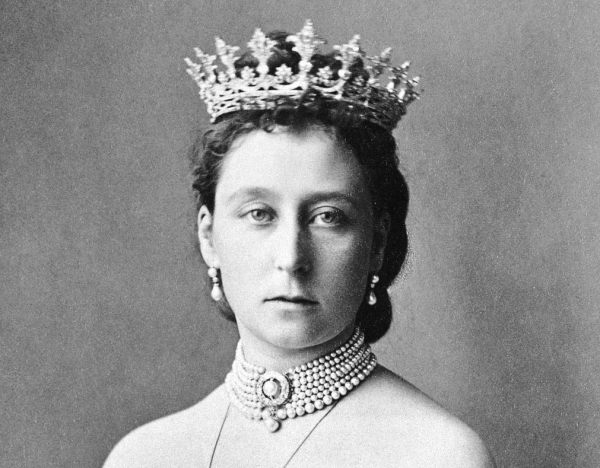 |
| Grand Duchess Alice of Hesse wears the strawberry leaf tiara (Wikimedia Commons) |
The Haunted Hesse Strawberry Leaf Tiara: Perhaps nothing good can come from a tiara given as a posthumous wedding gift. Prince Albert helped design this diamond tiara as a wedding present for his second daughter, Princess Alice, but he died before her wedding to Grand Duke Louis of Hesse could take place. Seventeen years to the day after her father’s death, Alice succumbed to diphtheria. Three of Alice’s daughters (including the last Empress of Russia) died tragic deaths, and her son, Ernest, suffered the loss of his daughter, too. But the tiara was also a witness to the family’s greatest tragedy of all: the 1937 plane crash that killed that killed several Hesse family members. The tiara, which was packed in the family’s luggage, survived the fiery accident. (Read more about the tiara’s history over here.)
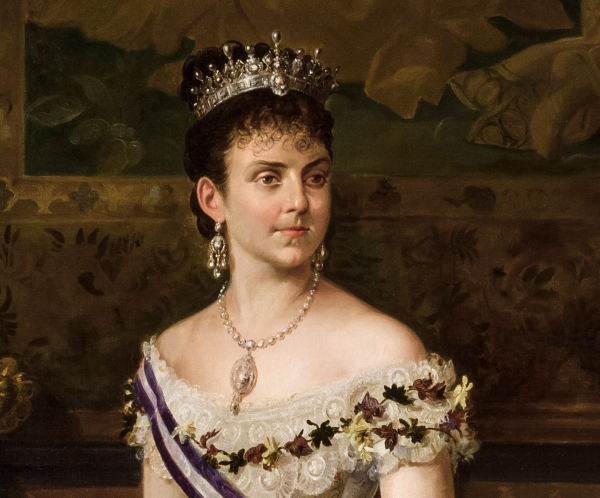 |
| Queen Mercedes of Spain (Grand Ladies Site) |
The Fatal Opal of Queen Mercedes of Spain: The Spanish royal family suffered tragedy after tragedy in the nineteenth century, with several members of the family dying young from disease. One superstitious tale links the family’s misfortunes with a cursed opal ring, supposedly given by King Alfonso XII’s mistress, the Countess of Castiglione, to his first wife, Queen Mercedes. She lived only six months after their wedding, dealing with the aftermath of a miscarriage and typhoid fever. (Read more about this supposedly cursed gem over here.)
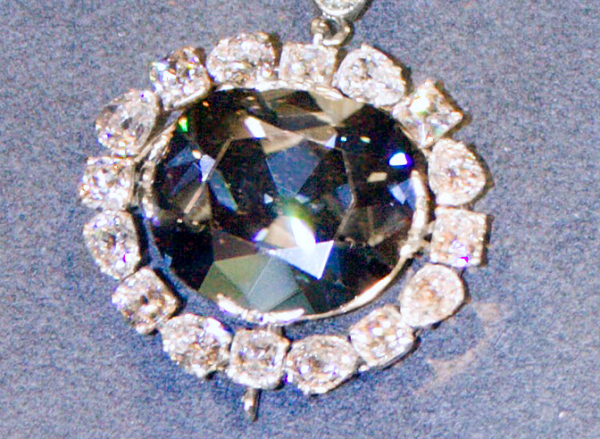 |
| The Hope Diamond (Wikimedia Commons) |
The Deathly Hope Diamond: The grand blue Hope Diamond is probably the most famous “cursed” gemstone of all. Today it resides peacefully in the Smithsonian’s Natural History Museum, but its own history is littered with tragic incidents. It’s almost certainly the same stone that was called the “French Blue” by the French royal family, who lost it during the violent Reign of Terror in 1792. The stone’s most famous recent owner was Evalyn Walsh McLean, an American socialite. Although many believe the “curse” was invented by agents wanting to add to the stone’s notoriety, McLean suffered through the death of her young son, her husband’s infidelities and death, and the bankruptcy of her family’s business after buying the diamond. (More on this and other huge royal diamonds over here.)
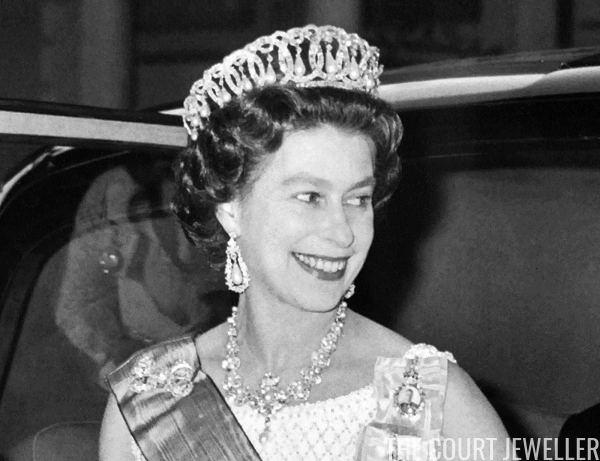 |
| Queen Elizabeth II wears the Vladimir Tiara in London, 1972 (AFP/Getty Images) |
The Tragic Vladimir Tiara: So many jewels were lost or destroyed in the Russian Revolution of 1917, but this diamond and pearl tiara managed to survive. Smuggled out of Russia by a British diplomat, the tiara emerged, battered but intact. But its owner, the Grand Duchess Vladimir, died in exile shortly after its rescue, so she never got to enjoy wearing her signature tiara again. Instead, the tiara was bought by Queen Mary of the United Kingdom. Any bad vibes that the tiara may have had appear to have vanished today — and it probably doesn’t hurt that the entire frame was rebuilt in the 1980s! (Read more about the tiara’s history over here.)
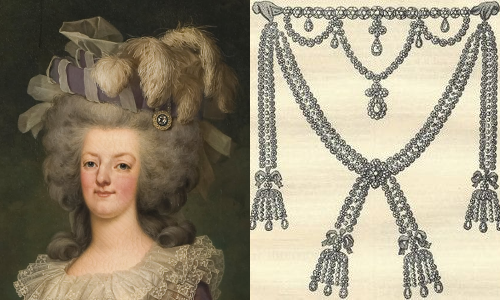 |
| Marie Antoinette, ca. 1785, and “her” famous diamond necklace (Wikimedia Commons) |
The Fraudulent French “Royal” Necklace: Queen Marie Antoinette of France never owned this diamond necklace — but that ultimately didn’t matter. The necklace had been commissioned by King Louis XV for his mistress, Madame du Barry, but he died before it was completed — and before it was paid for. To try to recoup their money, the jewelers tried to sell it to Marie Antoinette, but she refused. Later, swindlers conspired to forge her signature, making it look like they were buying the necklace on her direct orders. Meanwhile, they took possession of the necklace, broke it up, and sold the individual stones. Even though Marie Antoinette had no connection at all to the necklace, propaganda successfully tied her to the piece, depicting her as extravagant and frivolous. She ultimately did pay an even bigger price — she lost her head on the guillotine. (See some of Marie Antoinette’s real jewels over here.)
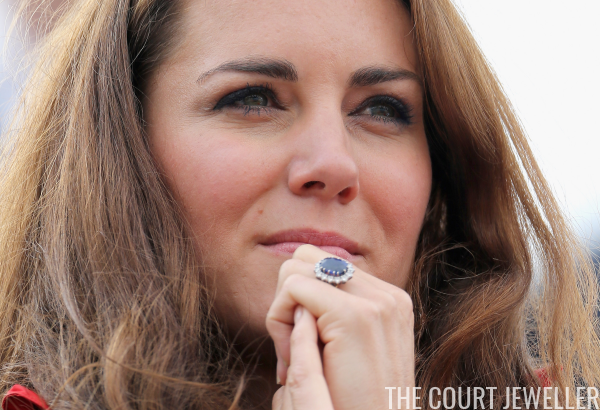 |
| The Duchess of Cambridge wears her engagement ring, 2012 (Chris Jackson/Getty Images) |
The Spooky Sapphire Engagement Ring: Any engagement ring tied to a failed relationship is surely a little bit cursed, but when the ring is one of the most famous in the world, and the relationship is the marriage of Prince Charles and Princess Diana, you’re dealing with major bad mojo. Many of us pooh-poohed the idea that Prince William would present his mother’s ring to his future wife, Kate Middleton, but he did it anyway, proving that he valued his mother’s memory more than a possible curse. Two and a half children later, the marriage is still going strong — so it seems the ring wasn’t a bad omen after all. (Read all about the ring over here.)
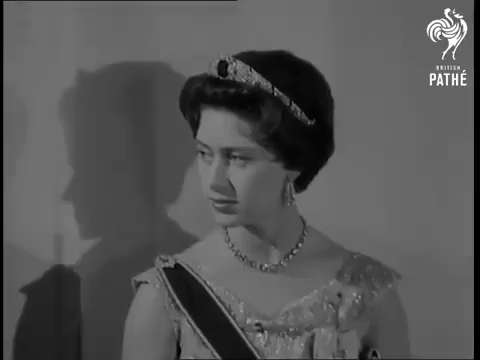
Today, we’re taking a closer look at one of the long-lost British tiaras that’s hopefully waiting patiently somewhere deep in the royal vaults: Queen Mary’s Sapphire Bandeau.
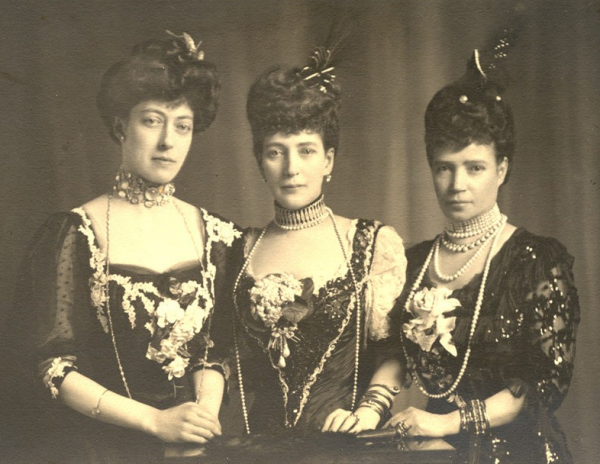 |
| Princess Toria of the United Kingdom, Queen Alexandra of the United Kingdom, and Empress Marie Feodorovna of Russia, pictured ca. 1903 (Wikimedia Commons) |
You’ll often see the tiara referenced by another name: Marie Feodorovna’s Sapphire Bandeau. That name suggests that it comes from the Romanovs — Marie Feodorovna was, after all, Empress of Russia. But she had even wider royal connections that that. Before her marriage, she was Princess Dagmar of Denmark; her siblings included Queen Alexandra of the United Kingdom, King Frederik VIII of Denmark, and King George I of Greece. Her jewel collection was outstanding, and after the Russian Revolution, pieces began to pop up at sales and auctions all over Europe.
And no one liked a jewel sale more than Queen Mary. She reportedly bought the piece in 1921 at a Paris auction, where it had been offered for sale by the exiled Princess Nicholas of Greece. No one’s quite sure how Princess Nicholas (who was born Grand Duchess Elena Vladimirovna) got the tiara, but it is possible that Marie Feodorovna was involved. After all, Prince Nicholas was one of the empress’s Greek nephews. Perhaps she had given the tiara to the Nicholases when they married in Russia in 1902? Some have also suggested that Princess Nicholas inherited the tiara from her mother, Grand Duchess Maria Pavlovna, but ultimately, the provenance is unclear. Was it really one of the former empress’s tiaras? Who was its first owner? Was it even really Russian? We simply don’t seem to know.
Regardless, the tiara, which features distinctive sunray designs, was now Mary’s. (Had Princess Nicholas held on to it just a bit longer, it might have made its way to Britain anyway — one of her daughters was Princess Marina, who later married Queen Mary’s son, the Duke of Kent.) The central sapphire and diamond element of the tiara was removable, making it a more versatile piece; above, Mary wears it with the carved emerald brooch from the Delhi Durbar Parure. After Mary’s death, the tiara was apparently left to Queen Elizabeth II (along with all of the rest of Mary’s personal property). The Queen has never worn it, at least not in public.
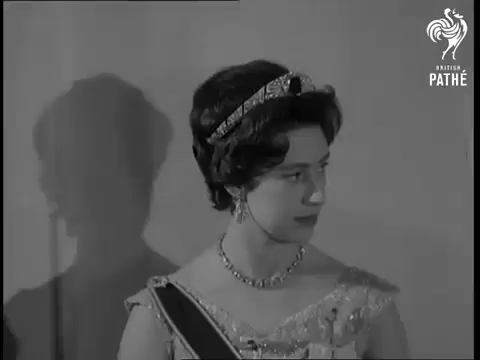
Instead, the Queen appears to have decided to loan the tiara to her younger sister, Princess Margaret. She wore the tiara often during the 1950s and 1960s. Above, she wears the tiara during the 1958 state visit of President Heuss of Germany, and below, she wears it to the wedding of Princess Astrid of Norway in 1961. (Warning: the GIF below features flash photography.) Margaret also appears to have worn the sapphire element separately as a brooch for decades.
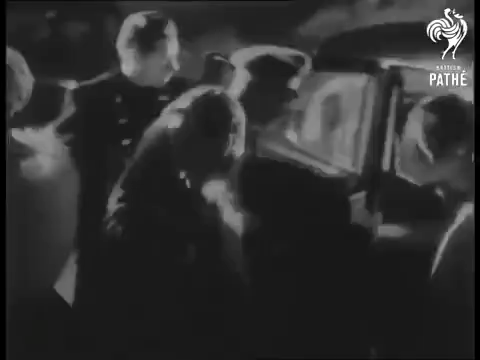
Since then, the bandeau has disappeared into the tiara mists. It’s one I’ve suggested as a possible out-of-the-box bridal option for Meghan Markle, but I’d also love to see this one on the Duchess of Cambridge, who wears sapphires particularly well. Here’s hoping it’s in the palace vaults, just waiting for another outing!